Komodo Dragon
- March 8, 2024
- 0 comment
The Komodo dragon, scientifically known as Varanus komodoensis, is a fascinating reptile that captivates the imagination with its formidable size, predatory prowess, and ancient aura. Found primarily in the Indonesian islands of Komodo, Rinca, Flores, Gili Motang, and Padar, these creatures are the largest lizards on Earth, boasting lengths of up to 10 feet and weights exceeding 200 pounds. Their bodies are adorned with tough, armored scales, and their jaws are armed with sharp, serrated teeth, delivering a venomous bite capable of subduing prey much larger than themselves.

Komodo dragons play a crucial role in their ecosystem as apex predators, regulating prey populations and maintaining ecological balance. Despite their fearsome reputation, they are also remarkable creatures, revered in local folklore and mythology as symbols of strength, courage, and wisdom. However, they face numerous threats to their survival, including habitat loss, poaching, and climate change. Conservation efforts are underway to protect these magnificent creatures and ensure their continued existence for future generations to marvel at.
| Specification | Description |
|---|---|
| Scientific Name | Varanus komodoensis |
| Common Name | Komodo Dragon |
| Size | Up to 10 feet (3 meters) in length |
| Weight | Up to 200 pounds (91 kilograms) |
| Habitat | Komodo National Park and surrounding Indonesian islands, including Komodo, Rinca, Flores, Gili Motang, and Padar |
| Diet | Carnivorous, feeding on deer, wild boar, smaller mammals, birds, and occasionally carrion |
| Predatory Tactics | Ambush predators, using stealth and powerful jaws armed with sharp teeth to deliver a venomous bite |
| Venom | Saliva contains a mix of bacteria and toxins that can induce paralysis and hemorrhaging in prey, aiding in their subjugation |
| Social Structure | Primarily solitary, although may form loose social groups during feeding or mating |
| Reproduction | Oviparous, with females laying clutches of eggs in nests dug into the ground; hatchlings are vulnerable and may climb trees to avoid predation |
| Conservation Status | Vulnerable (IUCN Red List); facing threats such as habitat loss, poaching, and climate change |
| Cultural Significance | Revered in local folklore and mythology as symbols of strength, courage, and wisdom |
Komodo dragons, scientifically known as Varanus komodoensis, are the largest lizards on Earth, renowned for their impressive size, predatory prowess, and mysterious allure. These reptiles are native to the Indonesian islands of Komodo, Rinca, Flores, Gili Motang, and Padar, where they roam the savannah and tropical forests with an air of ancient dominance. The mere mention of their name evokes images of prehistoric beasts, stirring the imagination and fascination of people around the world.
Physical Characteristics
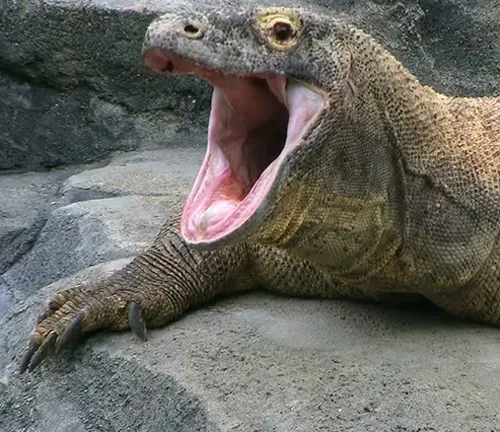
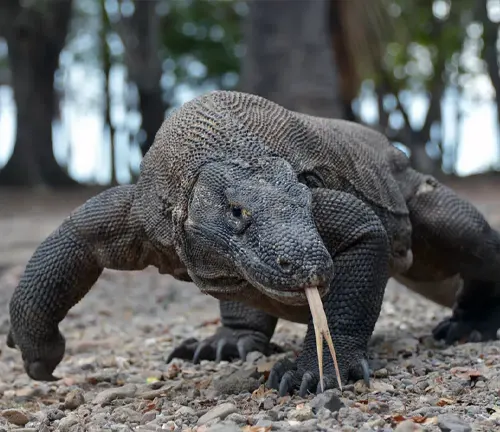
- Size: Komodo dragons are the largest lizards on Earth, with adults typically measuring between 7 to 10 feet (2 to 3 meters) in length. Some exceptionally large individuals may reach lengths of up to 10.3 feet (3.13 meters).
- Weight: These formidable reptiles are also quite heavy, with adult males weighing between 150 to 200 pounds (68 to 91 kilograms), while females are generally smaller, weighing around 150 pounds (68 kilograms) on average.
- Body Structure: Komodo dragons have muscular bodies with robust limbs and strong, stocky tails. Their bodies are covered in tough, overlapping scales that provide protection from abrasions and injuries.
- Skin and Scales: The skin of Komodo dragons is typically a gray-brown color, which helps them blend into their natural surroundings. Their scales are bony and rough, offering additional defense against predators and environmental hazards.
- Head: Komodo dragons have large, triangular heads with powerful jaws lined with sharp, serrated teeth. Their jaws can open extremely wide, allowing them to swallow large chunks of prey whole.
- Teeth: The teeth of Komodo dragons are curved and razor-sharp, designed to tear through flesh and deliver a lethal bite to their prey. They have approximately 60 teeth in total, with replacement teeth constantly growing in to replace any that are lost or damaged.
- Tongue: Like other reptiles, Komodo dragons have forked tongues that they use to sense their surroundings and track prey. Their keen sense of smell allows them to detect the scent of potential prey from long distances.
- Venom Glands: Komodo dragons possess venom glands located in their lower jaws, which produce a toxic saliva containing a mix of bacteria and toxins. While the venom itself is not usually lethal, it can induce paralysis and hemorrhaging in prey, making it easier for the Komodo dragon to subdue and consume its meal.
- Coloration: Juvenile Komodo dragons often have bright, vivid coloration with distinctive banding patterns, which helps camouflage them in their natural habitat. As they mature, their coloration tends to become duller and more subdued.
Habitat and Distribution
Habitat
Komodo dragons are primarily found in the rugged and diverse landscapes of the Indonesian archipelago. They inhabit a range of habitats, including savannahs, grasslands, tropical forests, and coastal regions. These environments provide ample opportunities for hunting, nesting, and basking in the sun.
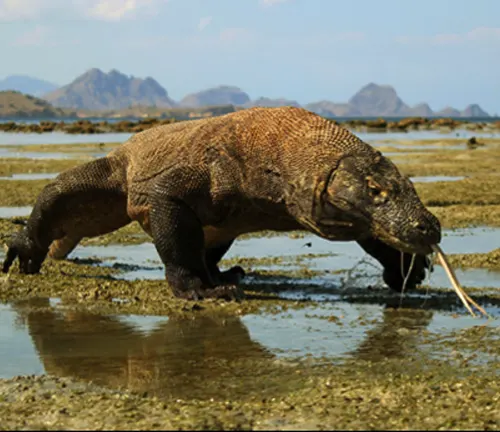
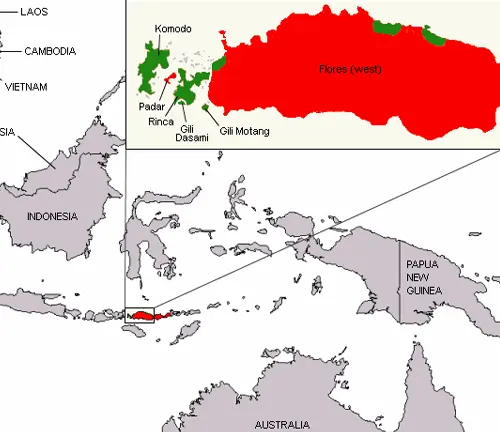
Distribution
The natural range of Komodo dragons is restricted to a few islands in eastern Indonesia, including Komodo, Rinca, Flores, Gili Motang, and Padar. These islands are part of the Lesser Sunda Islands, located between the islands of Java and Timor. Within this range, Komodo dragons are most abundant in Komodo National Park, a UNESCO World Heritage site that encompasses several islands and marine habitats.
Geographic Range
While Komodo dragons are most commonly associated with Komodo Island, they can also be found on neighboring islands such as Rinca and Flores. These islands offer a variety of habitats and ecological niches, allowing Komodo dragons to thrive in diverse environments.
Microhabitat
Within their range, Komodo dragons can be found in a range of microhabitats, from dense forests to open grasslands and rocky coastal areas. They are adaptable creatures, capable of surviving in both terrestrial and semi-aquatic environments.

Conservation Status
Despite their limited distribution, Komodo dragons are considered vulnerable by the International Union for Conservation of Nature (IUCN). Threats to their survival include habitat loss, poaching, and human-wildlife conflicts. Efforts are underway to protect their remaining habitats and raise awareness about the importance of conservation.
Behavior and Lifestyle
Hunting and Feeding Habits
Komodo dragons are formidable predators, known for their ambush hunting tactics and powerful jaws. They primarily feed on a diet of deer, wild boar, and smaller mammals, although they are also known to scavenge carrion and prey on birds and reptiles. Komodo dragons use their keen sense of smell to locate prey, often lying in wait for hours or even days for an opportunity to strike. When hunting, they rely on stealth and surprise, sneaking up on their prey before delivering a lethal bite with their sharp, serrated teeth.

Social Structure
Komodo dragons are generally solitary animals, with individuals occupying and defending territories within their home range. However, they may congregate in loose social groups, particularly during feeding frenzies or mating season. While interactions between Komodo dragons can be aggressive, especially when competing for food or territory, they also engage in social behaviors such as ritualized displays and vocalizations.

Reproduction and Nesting
Komodo dragons are oviparous, meaning they lay eggs rather than giving birth to live young. Females typically lay their eggs in nests dug into the ground, where they are incubated for about 8-9 months before hatching. The nesting process is a solitary affair, with females guarding their nests and providing protection for their eggs until they hatch. Once the hatchlings emerge, they are on their own and must fend for themselves from a young age.
Basking and Thermoregulation
Like other reptiles, Komodo dragons rely on external sources of heat to regulate their body temperature. They are often seen basking in the sun on rocky outcrops or in open grasslands, soaking up the warmth of the sun’s rays. This behavior helps them maintain optimal body temperatures for digestion, metabolism, and overall health.
Territoriality
Komodo dragons are territorial animals, with individuals defending exclusive territories within their home range. They use a variety of visual, olfactory, and auditory cues to demarcate their territory and communicate with other dragons. Intruders are met with aggressive displays and vocalizations, often leading to confrontations between rival individuals.
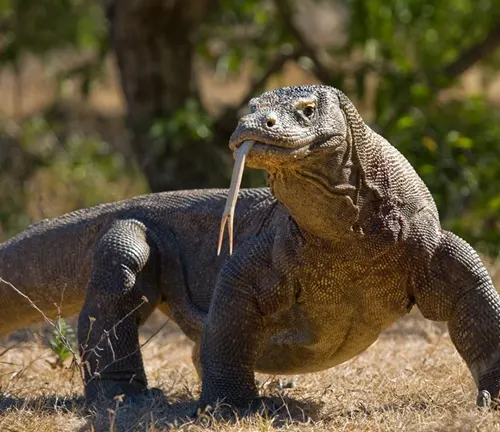
Evolutionary History
Ancestry and Relatives
Komodo dragons belong to the genus Varanus, which includes a diverse group of lizards known as monitor lizards. These reptiles have a long evolutionary history, with fossil evidence dating back millions of years. The closest living relatives of Komodo dragons are other members of the Varanidae family, including species such as the water monitor (Varanus salvator) and the crocodile monitor (Varanus salvadorii).
Evolutionary Adaptations
Over millions of years, Komodo dragons have evolved a range of specialized adaptations that have helped them thrive in their unique island habitats. Their large size, powerful jaws, and venomous bite are all traits that have evolved to make them efficient predators in their ecosystem. Additionally, their ability to swim between islands and colonize new habitats has contributed to their success as a species.
Fossil Record
Fossil remains of ancient monitor lizards have been found in various parts of the world, including Europe, Africa, Asia, and Australia. These fossils provide valuable insights into the evolutionary history of monitor lizards and their relatives. While the exact ancestry of Komodo dragons is still debated among scientists, it is clear that they are part of a lineage of ancient reptiles that have persisted for millions of years.
Protection and Legislation
- International Protection Status: Komodo dragons are listed as vulnerable on the International Union for Conservation of Nature (IUCN) Red List of Threatened Species. This designation highlights the urgent need for conservation action to protect Komodo dragons and their habitats from threats such as habitat loss, poaching, and human-wildlife conflicts.
- Local Regulations: In Indonesia, the government has implemented various laws and regulations to protect Komodo dragons and their habitats. For example, Komodo National Park, which encompasses several islands where Komodo dragons are found, is a protected area managed by the Indonesian Ministry of Environment and Forestry. Within the park, activities such as hunting, fishing, and habitat destruction are strictly regulated to minimize impacts on the local ecosystem.
- Conservation Efforts: Conservation organizations and government agencies are actively involved in efforts to protect Komodo dragons and their habitats. These efforts include habitat restoration projects, anti-poaching initiatives, community-based conservation programs, and research to better understand the ecology and behavior of Komodo dragons. By working together, stakeholders aim to ensure the long-term survival of these iconic reptiles and the ecosystems they inhabit.
- Challenges: Despite ongoing conservation efforts, Komodo dragons face numerous challenges to their survival. Habitat loss and fragmentation due to human activities such as deforestation, agriculture, and urbanization threaten to diminish the availability of suitable habitat for Komodo dragons. Additionally, illegal poaching and trade pose significant risks to their populations, driven by demand for their skins, body parts, and live specimens in the illegal wildlife trade.
- Enforcement: Enforcement of existing laws and regulations is crucial for the effective protection of Komodo dragons. This includes monitoring and patrolling protected areas to prevent illegal activities such as poaching and habitat destruction. Efforts are also underway to raise awareness among local communities and stakeholders about the importance of conserving Komodo dragons and their habitats for future generations.
Challenges and Threats
Habitat Loss
One of the primary threats to Komodo dragons is habitat loss and degradation. Human activities such as deforestation, agriculture, and urbanization are encroaching on their natural habitats, reducing the availability of suitable habitat for these reptiles. As their habitat shrinks, Komodo dragons face increased competition for resources and are at greater risk of conflict with humans.
Poaching
Illegal poaching and trade pose a significant threat to Komodo dragons. These reptiles are targeted for their skins, which are highly prized in the illegal wildlife trade, as well as for their body parts, which are used in traditional medicine and as souvenirs. Poaching pressure has increased in recent years due to demand from collectors and tourists, putting additional pressure on already vulnerable populations.
Human-Wildlife Conflict
As human populations expand and encroach on Komodo dragon habitats, conflicts between humans and these reptiles are becoming more common. Komodo dragons may raid livestock or come into contact with humans, leading to confrontations and potential conflicts. In some cases, Komodo dragons may be perceived as threats to human safety, leading to retaliatory killings or habitat destruction.
Climate Change
Climate change poses a significant threat to Komodo dragons and their habitats. Rising temperatures, altered rainfall patterns, and sea-level rise can impact the availability of food and water, as well as disrupt nesting sites and migration routes. These changes can have cascading effects on Komodo dragon populations and the ecosystems they inhabit, further exacerbating existing threats to their survival.
Invasive Species
Invasive species introduced to Komodo dragon habitats, such as feral pigs and rats, pose a threat to native wildlife and ecosystems. These invasive species compete with Komodo dragons for food and habitat, and may also prey on their eggs and young. Controlling invasive species populations is essential for protecting the biodiversity of Komodo dragon habitats and ensuring the survival of these iconic reptiles.
Conservation Efforts
In response to these threats, conservation organizations and government agencies are working tirelessly to protect Komodo dragons and their habitats. Efforts include habitat restoration projects, community-based conservation initiatives, and law enforcement measures to combat poaching and illegal trade. By engaging local communities and raising awareness about the importance of preserving biodiversity, these efforts aim to ensure a brighter future for Komodo dragons and the ecosystems they inhabit.
Future Prospects
Looking ahead, the conservation status of Komodo dragons will depend on our collective efforts to address the underlying causes of their decline. Sustainable development practices, habitat conservation measures, and responsible tourism management are essential for safeguarding their future. By working together to protect these magnificent creatures, we can ensure that Komodo dragons continue to inspire awe and wonder for generations to come.
Different Species
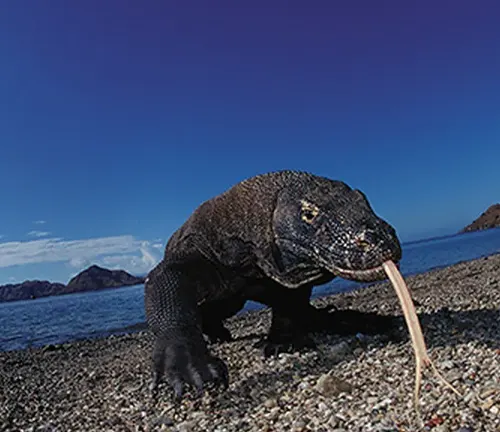
The Komodo dragon, or Varanus komodoensis, is the only recognized species of Komodo dragon. While there are other species within the Varanus genus, such as the water monitor (Varanus salvator) and the crocodile monitor (Varanus salvadorii), the Komodo dragon is distinct in its size, habitat, and range. It is endemic to the Indonesian islands of Komodo, Rinca, Flores, Gili Motang, and Padar, where it holds a unique place in the ecosystem as the largest lizard species on Earth.
Frequently Asked Questions (FAQs)
- How big do Komodo dragons get?
Komodo dragons can reach lengths of up to 10 feet (3 meters) and weigh as much as 200 pounds (91 kilograms), making them the largest lizards in the world. - Where are Komodo dragons found?
Komodo dragons are native to the Indonesian islands of Komodo, Rinca, Flores, Gili Motang, and Padar, where they inhabit savannahs, forests, and coastal regions. - Do Komodo dragons have predators?
While adult Komodo dragons are apex predators in their ecosystem, they may face threats from larger predators such as humans, tigers, and other Komodo dragons. - How do Komodo dragons hunt?
Komodo dragons use a combination of stealth, ambush tactics, and their powerful jaws to catch prey. They may also rely on their keen sense of smell to locate food. - Are Komodo dragons venomous?
Yes, Komodo dragons have venom glands in their jaws that produce a toxic saliva. While their bite is not immediately lethal, the venom can induce paralysis and hemorrhaging in prey, aiding in their subjugation. - How do Komodo dragons reproduce?
Komodo dragons are oviparous, with females laying clutches of eggs in nests dug into the ground. After an incubation period of about 8-9 months, the hatchlings emerge and must fend for themselves. - Are Komodo dragons endangered?
Yes, Komodo dragons are classified as vulnerable on the IUCN Red List due to threats such as habitat loss, poaching, and climate change. - How many Komodo dragons are left in the wild?
While precise population estimates are difficult to determine, it is believed that there are several thousand Komodo dragons remaining in the wild. - Do Komodo dragons have any predators?
While adult Komodo dragons are apex predators, they may face threats from larger predators such as humans, tigers, and other Komodo dragons. - Do Komodo dragons make good pets?
No, Komodo dragons are not suitable as pets due to their large size, aggressive behavior, and specialized care requirements. Additionally, they are protected by law in their native range and cannot be legally kept as pets. - Do Komodo dragons have any natural enemies?
Adult Komodo dragons are apex predators, but they may face competition from other carnivores and occasional conflicts with larger predators such as humans and tigers.


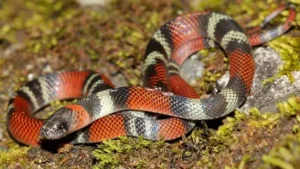
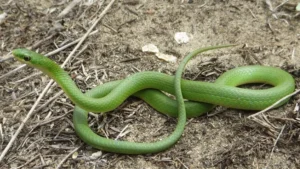
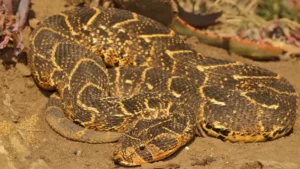

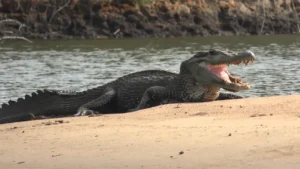
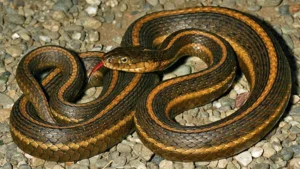
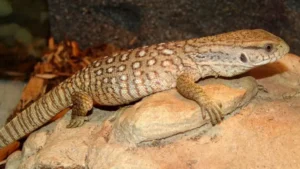
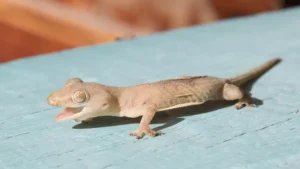
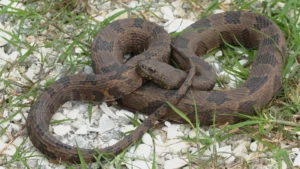
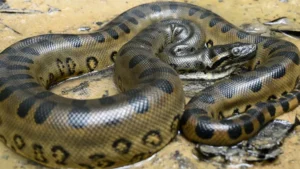

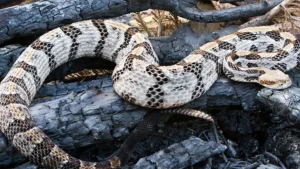
Leave your comment